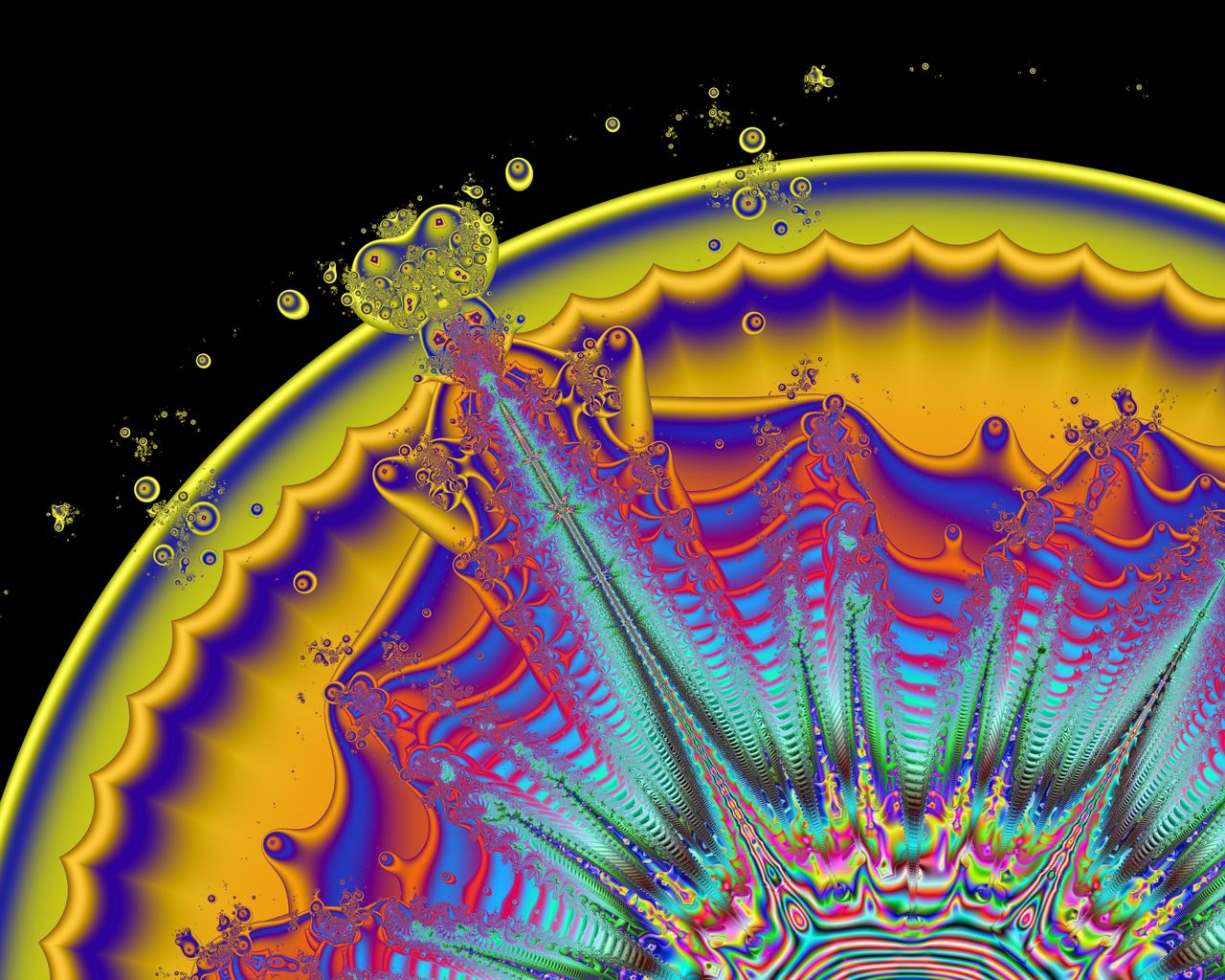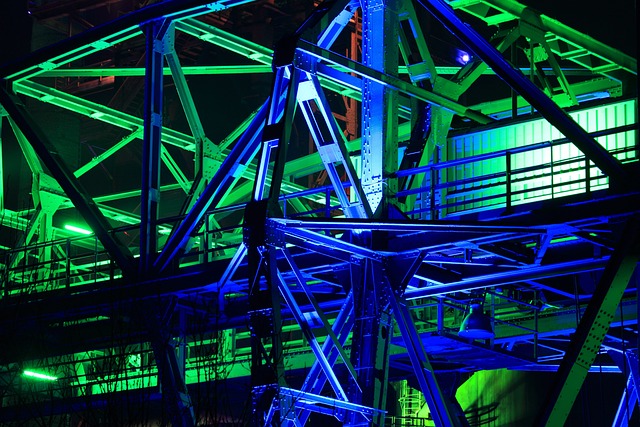The image above, created by Eduardo Tarasca, shows a hypothetical but realistic 50x25x20 mile (80x40x20 km) molten chamber sitting beneath Tokyo, Japan, identical to the one beneath Yellowstone National Park in the United States. “This supervolcano formation is capable of producing 1000 km³ (240 cubic miles) of ash, rock, pumice and gas,” according to Tarasca.
The force needed to achieve this is estimated to be the equivalent to 100,000 Hiroshima nuclear bombs. The last supervolcano eruption took place 26,000 years ago at Lake Taupo in New Zealand.
Supervolcano 100,000 Years Ago Cut Human Population to Just 11,000
According to scientists, the human population hit a “genetic bottleneck” about 100,000 years ago. Using DNA evidence, scientists have determined that based on the high level of genetic uniformity amongst the current population, there were just 11,000 people left on the earth after that supervolcano and we are all descended from them.
It has also been determined that prior to 100,000 years ago there were as many as 1 million human-like creatures on the planet, but some event drastically reduced their number and diversity.
Supervolcanos and large meteorite strikes have been suspected in mass extinction events involving both humans and creatures, including the dinosaurs. There are seven areas on earth where super volcanoes seethe underneath the surface: three of these are in North America, one in Russia, one South of Japan, one west of Indonesia and the last East of Australia.
The following image shows the heat signature of the supervolcano at Yellowstone National Park. All seven super volcanoes have similar heat signatures.
Supereruptions
The “Toba Supereruption” that occurred between 69,000 and 77,000 years ago at Lake Towba, Sumatra, Indonesia, has been identified as one of the earth’s largest eruptions. The ensuing catastrophe included a global volcanic winter lasting a decade and 1,000 years of atmospheric cooling.
Scientists have determined Toba erupted three times in the past 1 million years. Much like the Fujita Scale for tornados, the “Volcanic Explosivity Index” (VEI”) includes: effusive (0), gentle (1) explosive (2), severe (3), cataclysmic (4), paroxysmal (5), colossal (6), super colossal (7) and mega-colossal (8).” The following chart is provided by Wikipedia:
Likely Effects Of Supervolcano Explosion at Yellowstone When, Not If, It Happens
The following video goes into great detail on the likely effects of previous and future supervolcanoes.








